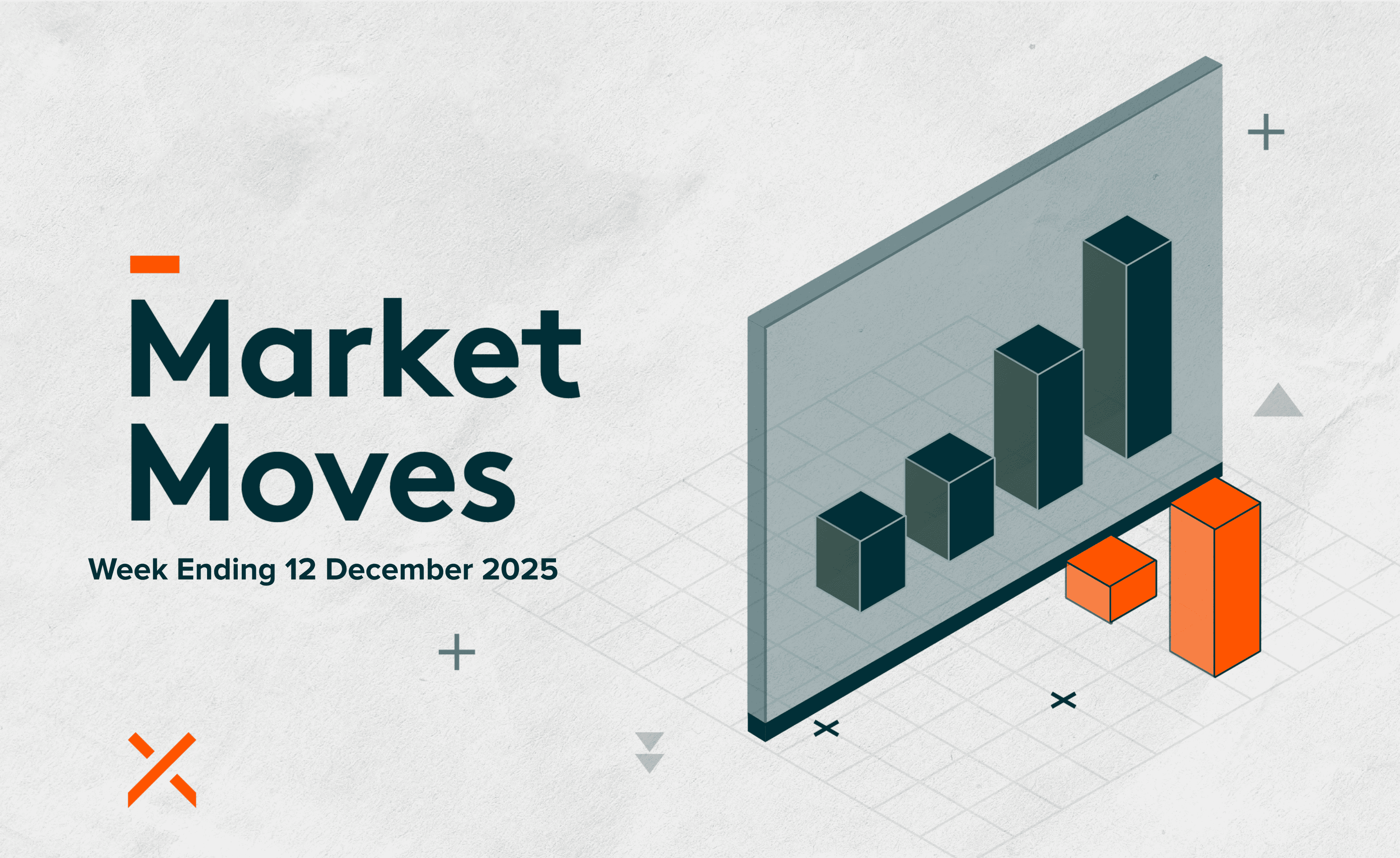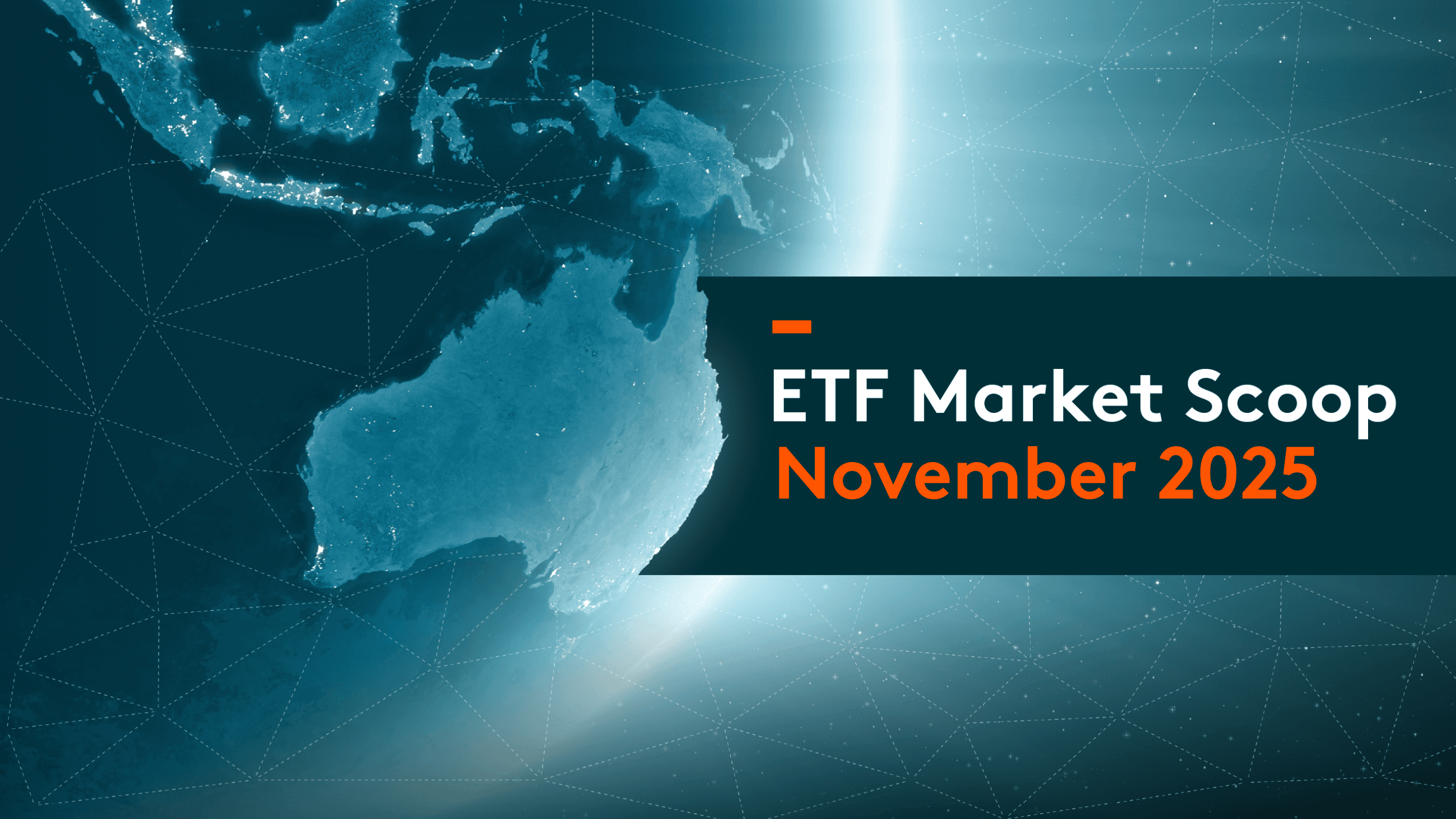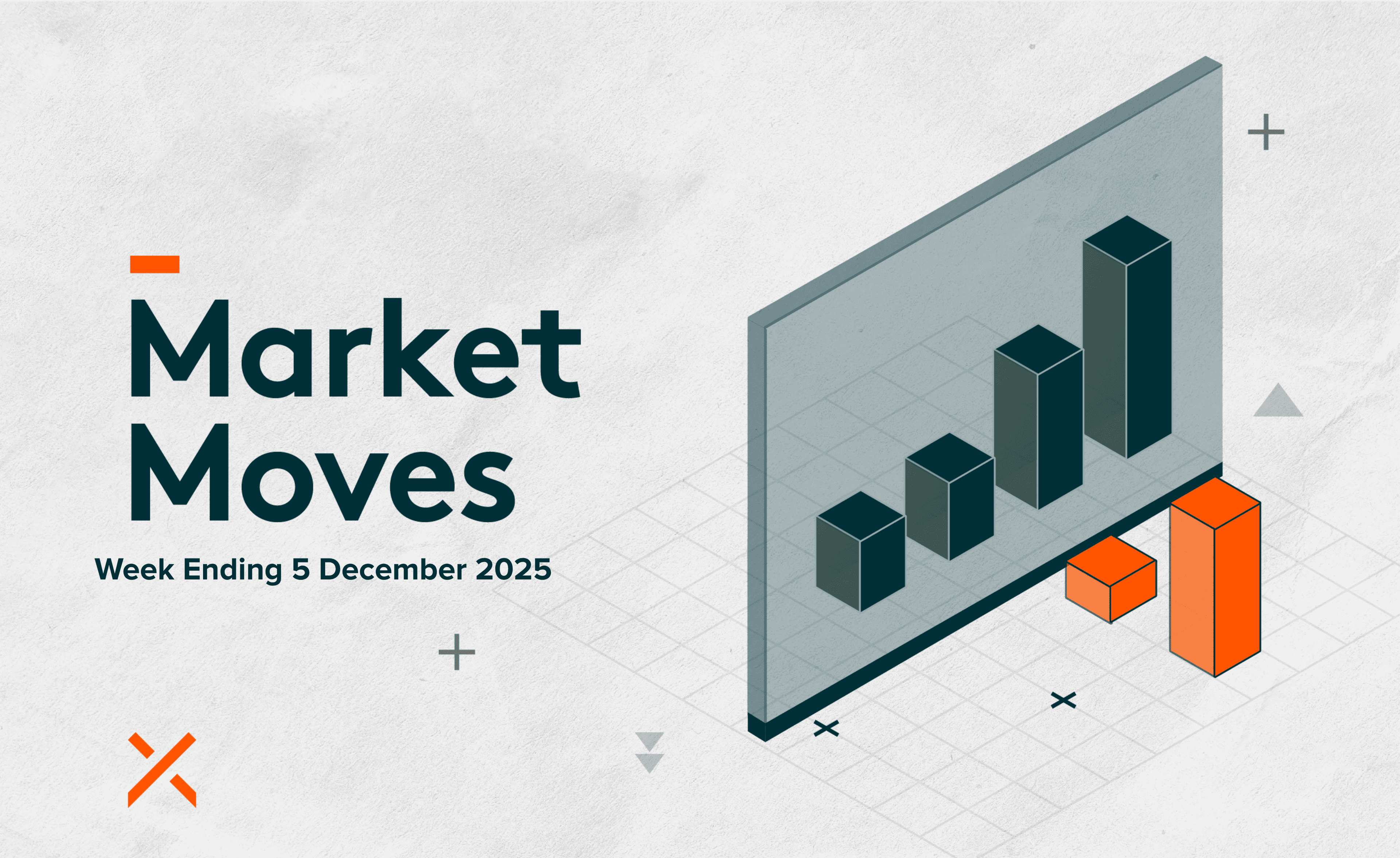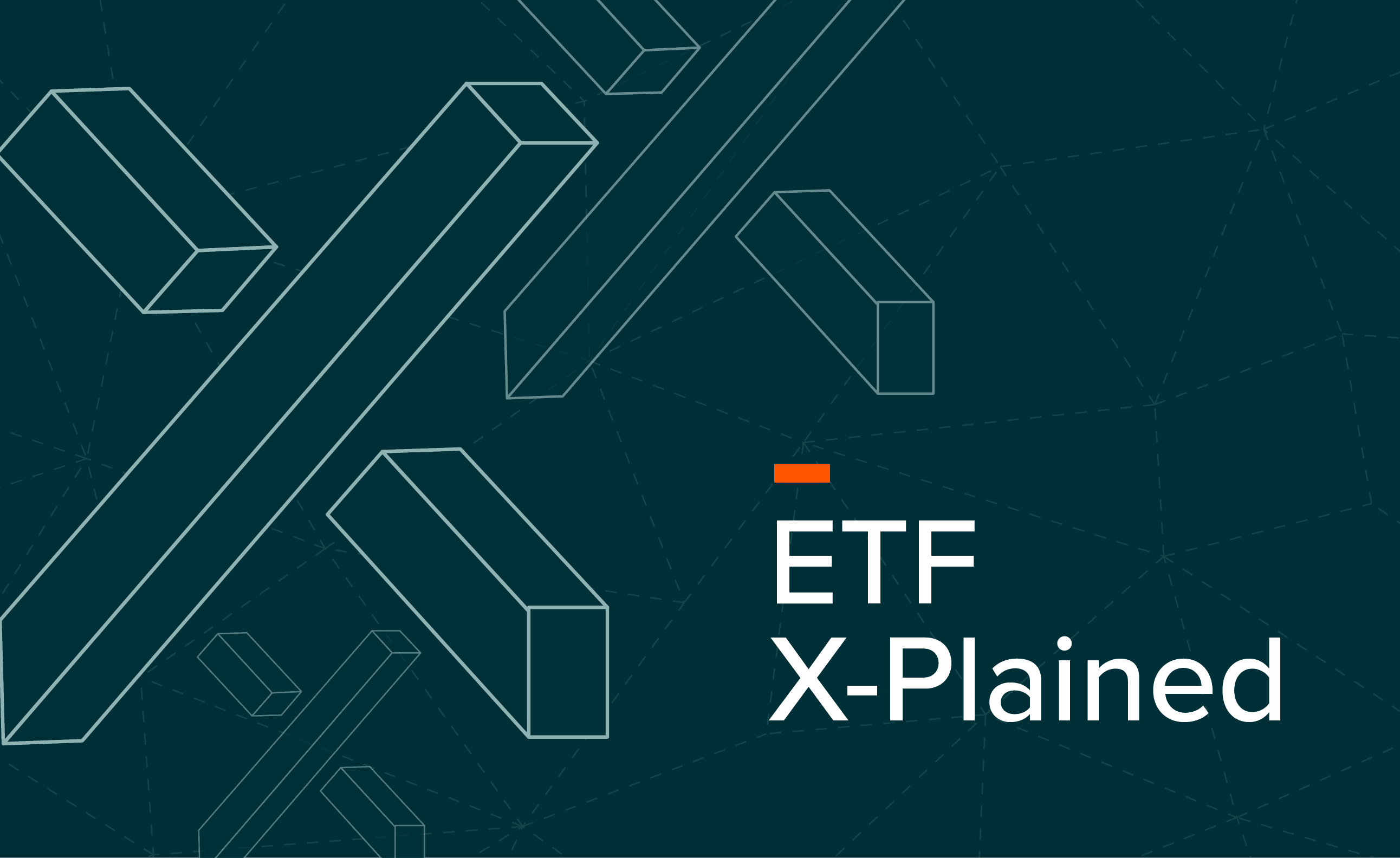
Education Hub
Global X's Education Hub provides valuable resources to help investors understand and navigate investment strategies and market trends.
Types of ETFs
There are many different types of exchange traded funds (ETFs) – each offering a unique investment solution depending on the underlying index or asset they track.
ETFs can help investors gain exposure to equities (Australian or international stocks), commodities (physical commodities like gold and silver, or the companies that mine specific metals), income generating assets (bonds, dividend-yielding stocks, or covered calls), and even digital assets (including major cryptocurrencies like bitcoin and Ethereum).
The significance of this for investors is that there is almost certainly an ETF which will suit their individual risk appetite and investment goals.
What are the Different Types of ETFs?
Global X offers a diverse lineup of ETFs spanning a wide range of asset types, geographies, and strategies. These include equities, commodities, fixed income, dividend, covered call, and digital asset ETFs.
Equity ETFs
Equity ETFs hold a basket of stocks to provide a diversified portfolio of shares in a single trade. Each ETF varies depending on the type of stocks they track and will seek to deliver the return of an equity benchmark (known as an index).
As well as ETFs offering exposure to the domestic market, there are a range of ETFs that offer exposure to international markets by tracking an overseas benchmark. ETFs tracking international companies allow investors to diversify into overseas markets. International ETFs can provide exposure to a single country, such as India, multiple countries within the same region, such as Europe, or package up stocks from all over the world.
Here are some examples of different types of equity ETFs:
Equity ETFs
Equity ETFs hold a basket of stocks to provide a diversified portfolio of shares in a single trade. Each ETF varies depending on the type of stocks they track and will seek to deliver the return of an equity benchmark (known as an index).
As well as ETFs offering exposure to the domestic market, there are a range of ETFs that offer exposure to international markets by tracking an overseas benchmark. ETFs tracking international companies allow investors to diversify into overseas markets. International ETFs can provide exposure to a single country, such as India, multiple countries within the same region, such as Europe, or package up stocks from all over the world.
Broad Equities ETFs
Broad equity ETFs generally hold a larger basket of stocks in order to provide exposure to a wide selection of sectors or geographies.
- Global X S&P World ex Australia GARP ETF (GARP)
Offers diversified exposure to 250 stocks across multiple countries and sectors. Focuses on companies with robust earnings growth and solid financial strength trading at reasonable valuations. This is called a ‘Growth at a Reasonable Price’ (GARP) strategy.
Regional Equity ETFs
Regional or country specific ETFs offer exposure to either one specific country to region.
- Global X India Nifty 50 ETF (NDIA)
Offers access to 50 of the largest and most liquid publicly traded companies in India, spanning a range of economic sectors.
Thematic Equity ETFs
Thematic equity ETFs hold a basket of stocks which align to a megatrend. They often provide exposure to companies along the value chain of a particular investment theme.
- Global X Artificial Intelligence ETF (GXAI)
Invests in companies that stand to benefit from the development and use of artificial intelligence (AI) in products and services, including those providing supporting infrastructure like big data hardware.
Commodity ETFs
Commodity ETFs can offer convenience, cost-efficiency and inbuilt diversification to your portfolio. However, key considerations when selecting commodity ETFs include how an ETF tracks an underlying index and whether it contains one or multiple commodities. Commodity ETFs provide exposure to individual commodities such as gold, or commodity sectors such as agriculture, without the need to take delivery of the underlying commodity or trade futures.
Physically Backed Commodity ETFs
Physically backed ETFs invest in a physical commodity that an ETF provider stores on your behalf. This helps to remove personal storage costs and risks while making the physical commodity accessible via a single trade.
- Global X Physical Gold (GOLD)
GOLD offers a simple way to invest in physical gold. For over two decades, it has consistently delivered investors a return mirroring the growth in the Australian dollar gold price, minus the annual management fee.
Synthetically Backed Commodity ETFs
Synthetically backed commodity ETFs invest in derivatives or swaps, rather than physical commodities. This approach often allows investors to access futures markets or assets which are not easily accessible to invest directly in the underlying asset.
- Global X Bloomberg Commodity Complex ETF (BCOM)
BCOM uses a swap-backed index to invest in a highly liquid, broad-based basket of commodities, including energy, grains, precious metals, industrial metals, softs and livestock.
Mining Stock Commodity ETFs
Mining stock commodity ETFs invest in a basket of mining stocks, usually with the aim of offering exposure to a specific commodity or megatrend, such as copper or the clean energy transition.
- Global X Copper Miners ETF (WIRE)
WIRE provides access to a global basket of copper miners which stand to benefit from being a key part of the value chain facilitating growth in major areas of innovation such as technology, infrastructure and clean energy.
Fixed Income ETFs
Fixed income ETFs provide investors with exposure to a basket of bonds that can be issued by a variety of domestic or international corporates, Australian Commonwealth, State and Territory governments, government treasury corporations and international government/semi-government entities. Typically, the basket of bonds will have varying maturity rates so as one bond matures it will be replaced by another bond to ensure that there is sufficient diversity within the portfolio.
Dividend ETFs
Dividends are arguably the most well-known way to generate passive income from investing – particularly in Australia given the dividend imputation system. Generally, a company will use its profits to reinvest in the business for growth, and the remainder can be paid out as a dividend. Picking high yielding companies likely to pay dividends can be challenging. Therefore, investing in a dividend ETF that applies strict rules to identify such companies mitigates the risks of individual stock selection and enhances income potential.
Covered Call ETFs
A covered call strategy involves the ETF purchasing the underlying stocks while simultaneously selling a call option on the same basket of shares. This approach allows investors to diversify their income stream into three components:
- Dividends
- Franking credits
- Premiums earned from selling the options
Using an ETF outsources the process of selling individual options and ensures all income gets passed through as part of the regular ETF distribution process.
Digital Asset ETFs
Physically backed crypto ETFs aim to track the price of a cryptocurrency, like bitcoin or Ethereum. The Global X 21Shares Bitcoin ETF (EBTC) and Global X 21Shares Ethereum ETF (EETH) do this by investing in bitcoin and Ethereum which is held in cold storage by Coinbase, the world’s largest custodian of cryptocurrency.
There are some distinct advantages of using physically backed ETFs via a stock exchange to access cryptocurrencies, such as being efficient and highly regulated, secure, and offering easy diversification from more traditional assets.
What Type of ETF is Right for You?
There are many different types of ETFs to choose from in Australia. From equities and commodities to bonds and cryptocurrencies, there is likely an ETF which will suit your investment goals. As with all investments it is important to consider your individual risk profile as well as the considerations of each ETF. You can do this by reading an ETF’s TMD and PDS available on each of the product line up here.
Website Disclaimer
Global X Management (AUS) Limited (“Global X”) (Australian Financial Services Licence Number 466778, ACN 150 433 828) is the product issuer. Offers of interests in any retail product will only be made in, or accompanied by, a Product Disclosure Statement (PDS). In respect of each retail product, Global X has prepared a target market determination (TMD). Each PDS and TMD is available at www.globalxetfs.com.au.
The information on this website is general in nature only and does not take into account your personal objectives, financial situations or needs. Before acting on any information, you should consider the appropriateness of the information having regard to your objectives, financial situation or needs and consider seeking independent financial, legal, tax and other relevant advice having regard to your particular circumstances. Any investment decision should only be made after obtaining and considering the relevant PDS and TMD. Investments in any product issued by Global X are subject to investment risk, including possible delays in repayment and loss of income and principal invested. The value or return of an investment will fluctuate and an investor may lose some or all of their investment. Past performance is not a reliable indicator of future performance.




